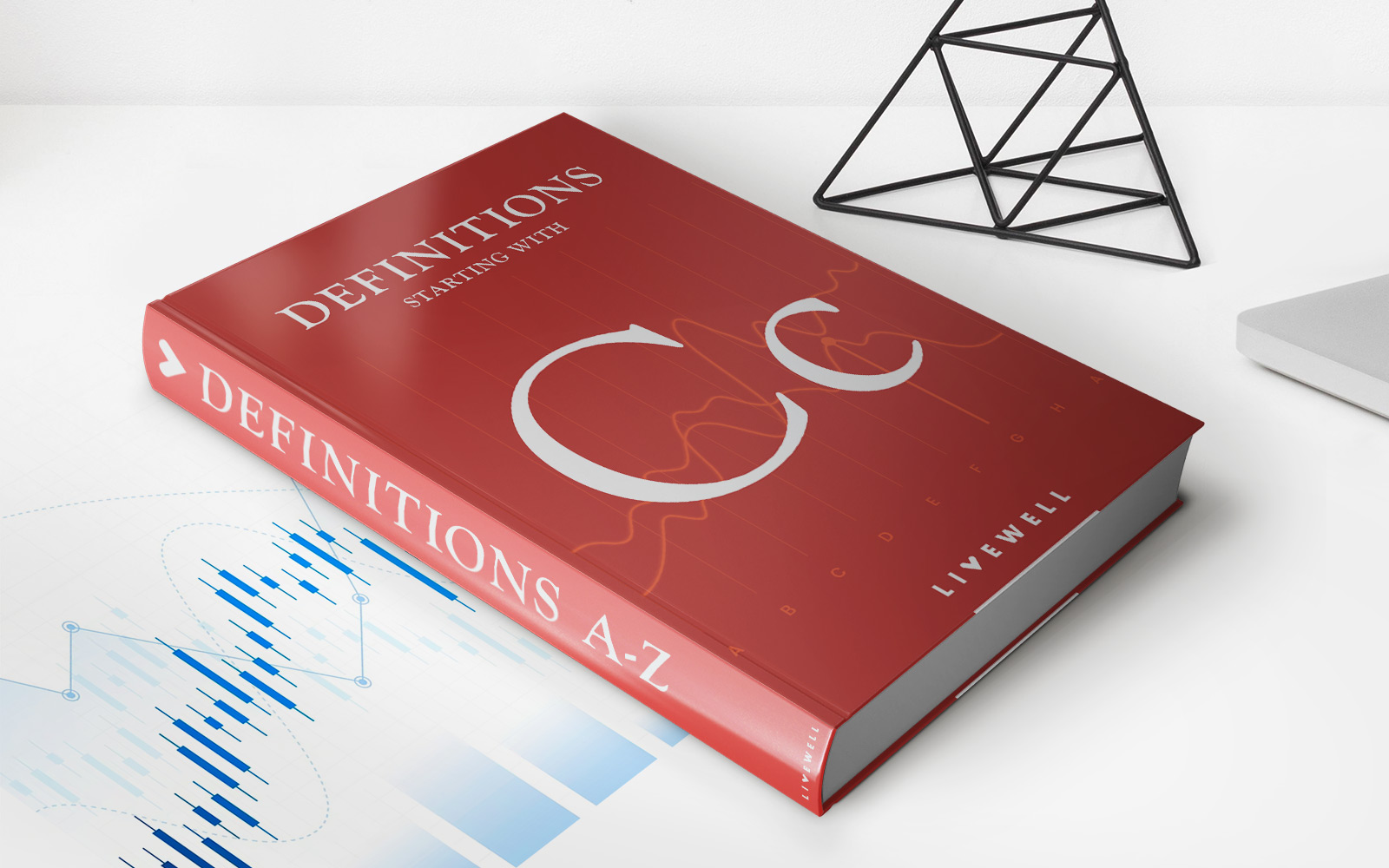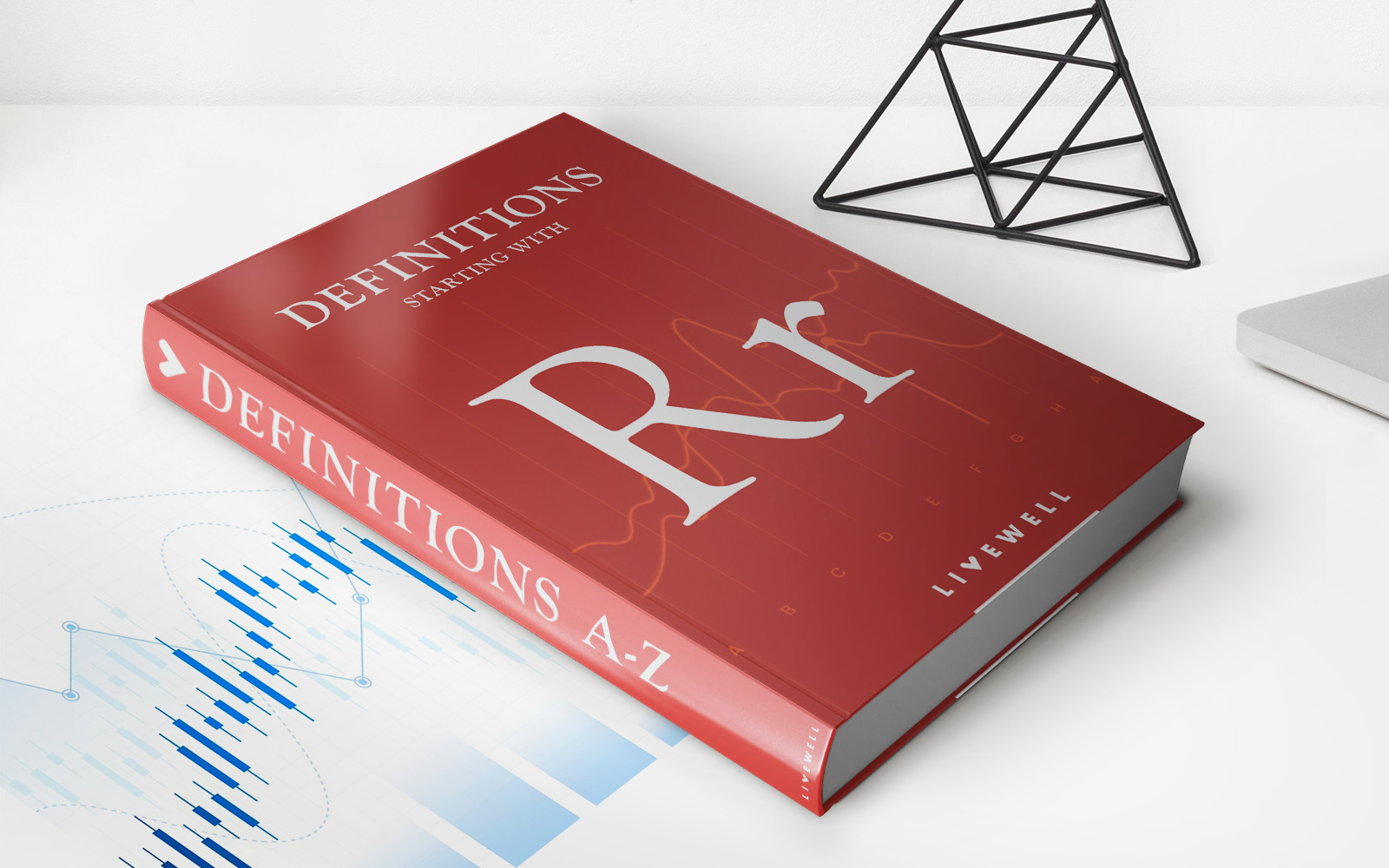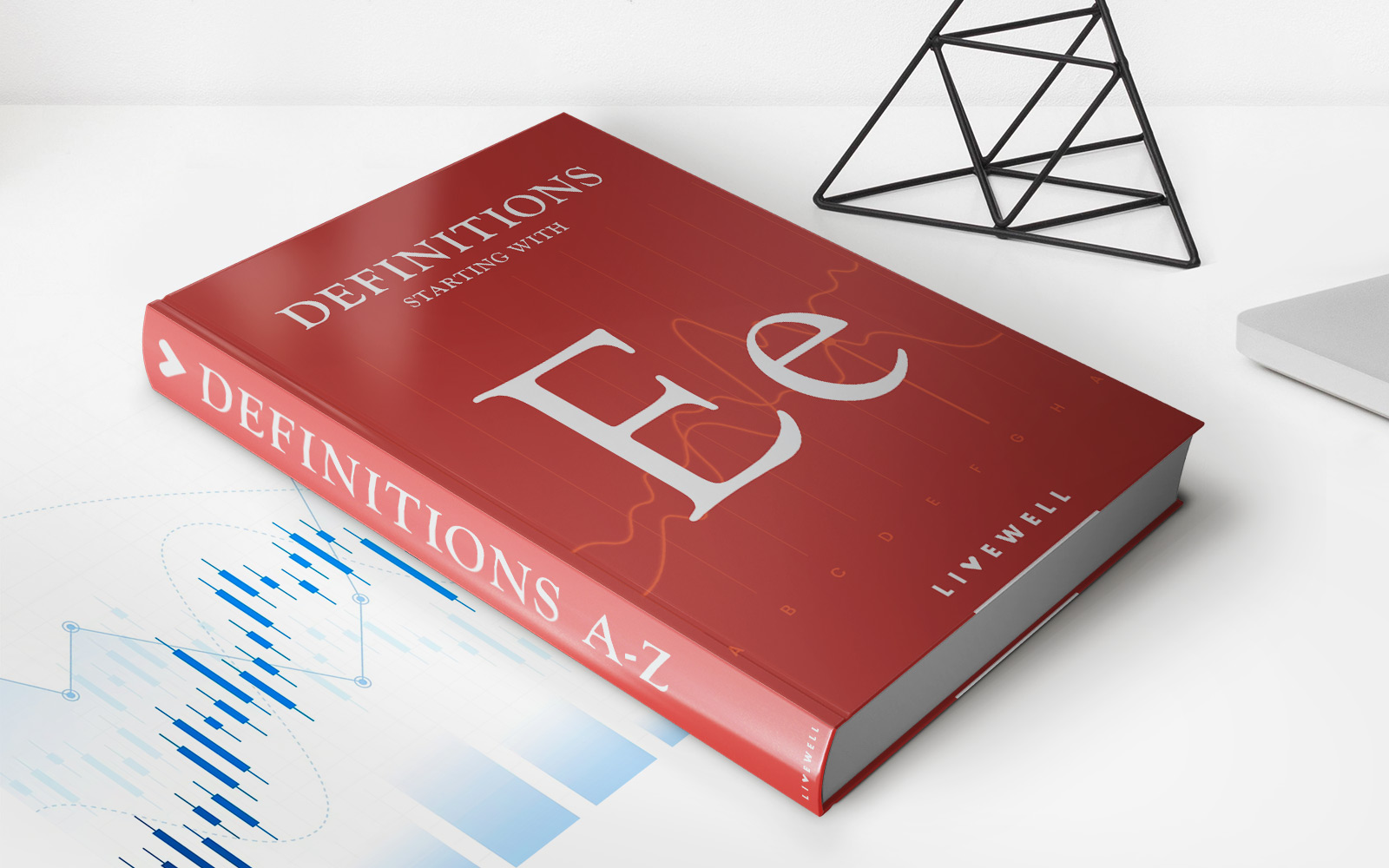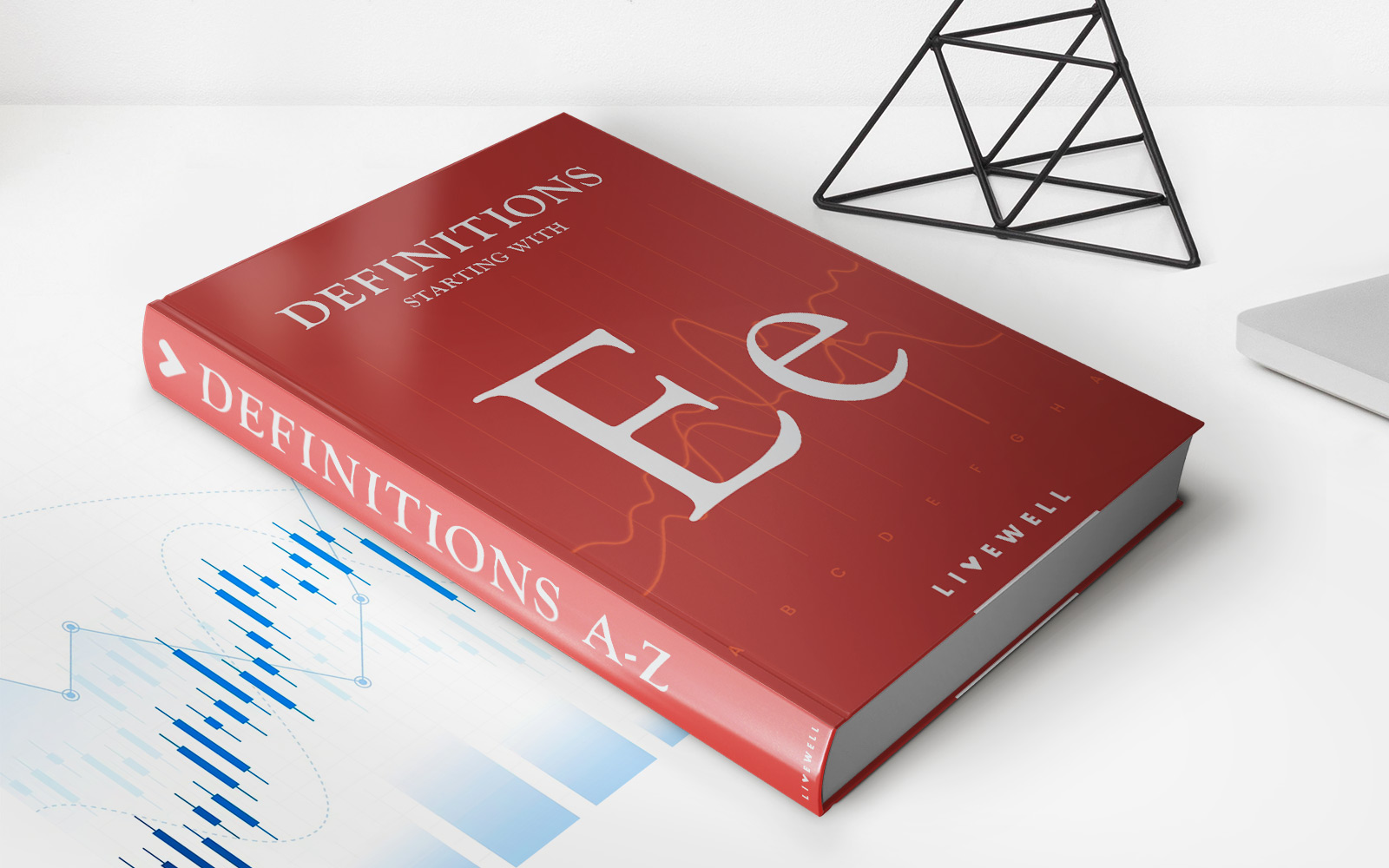

Finance
What Is Credit Utilization Rate?
Published: March 6, 2024
Learn how credit utilization rate impacts your finances and credit score. Discover tips to manage and improve your credit utilization for better financial health.
(Many of the links in this article redirect to a specific reviewed product. Your purchase of these products through affiliate links helps to generate commission for LiveWell, at no extra cost. Learn more)
Table of Contents
- Understanding Credit Utilization Rate
- What Is Credit Utilization Rate?
- The Significance of Credit Utilization Rate
- Influential Factors in Credit Utilization Rate
- Understanding the Calculation of Credit Utilization Rate
- Strategies for Effective Credit Utilization Management
- Navigating the Dynamics of Credit Utilization Rate
Introduction
Understanding Credit Utilization Rate
Credit utilization rate, often referred to as the credit utilization ratio, is a crucial factor in determining an individual's creditworthiness. This metric plays a significant role in the calculation of credit scores and is a key consideration for lenders when assessing a borrower's financial responsibility. Understanding credit utilization rate is essential for anyone seeking to build and maintain a healthy credit profile.
Credit utilization rate is the percentage of a person’s available credit that they are currently using. It is calculated by dividing the total outstanding credit card balances by the total credit card limits and then multiplying by 100 to get the percentage. For example, if a person has a total credit limit of $10,000 across all their credit cards and has a total outstanding balance of $2,000, their credit utilization rate would be 20%.
It’s important to note that credit utilization rate applies specifically to revolving credit accounts, such as credit cards and lines of credit, and not to installment loans like mortgages or car loans. This distinction is crucial because revolving credit accounts are considered more indicative of a person’s spending habits and ability to manage their finances responsibly.
As a fundamental concept in the world of personal finance, credit utilization rate holds significant implications for individuals’ financial well-being. By delving into the intricacies of this metric, individuals can gain valuable insights into managing their credit effectively and optimizing their financial standing.
Understanding Credit Utilization Rate
What Is Credit Utilization Rate?
Credit utilization rate, often referred to as the credit utilization ratio, is a fundamental component of a person’s overall credit profile. It represents the percentage of available credit that an individual is currently using. This metric is a key indicator of an individual’s financial responsibility and plays a pivotal role in determining their creditworthiness.
When individuals use a significant portion of their available credit, it can signal potential financial distress to lenders. High credit utilization rates may indicate that an individual is overly reliant on credit and may be at risk of overextending themselves financially. On the other hand, low credit utilization rates demonstrate responsible credit management and can positively impact an individual’s credit score.
Credit utilization rate is a critical factor in credit scoring models, such as the FICO score and VantageScore. These scoring models consider both the overall credit utilization rate across all accounts and the utilization rate on individual accounts. A lower credit utilization rate is generally associated with lower credit risk and can contribute to a higher credit score.
Understanding the significance of credit utilization rate empowers individuals to make informed decisions about their credit usage. By maintaining a low credit utilization rate, individuals can demonstrate financial prudence and enhance their creditworthiness, which can lead to better access to credit and more favorable loan terms.
Moreover, comprehending the impact of credit utilization rate enables individuals to proactively manage their credit to achieve their financial goals. By strategically utilizing available credit and keeping credit utilization low, individuals can position themselves for improved financial stability and greater flexibility in managing their personal finances.
Importance of Credit Utilization Rate
The Significance of Credit Utilization Rate
The importance of credit utilization rate cannot be overstated in the realm of personal finance and credit management. This metric holds substantial weight in influencing an individual’s credit score and overall financial standing. Understanding the significance of credit utilization rate is crucial for anyone aiming to maintain a healthy credit profile and achieve their financial objectives.
One of the primary reasons credit utilization rate is of paramount importance is its direct impact on credit scores. Credit scoring models, such as FICO and VantageScore, consider credit utilization rate as a key factor in determining an individual’s creditworthiness. A lower credit utilization rate is generally associated with lower credit risk and can contribute to a higher credit score. Conversely, a high credit utilization rate can negatively impact credit scores, potentially limiting access to credit and leading to less favorable loan terms.
Furthermore, credit utilization rate serves as a reflection of an individual’s financial habits and discipline. Responsible credit utilization demonstrates prudent financial management and the ability to live within one’s means. Lenders and financial institutions view low credit utilization rates favorably, as they indicate that an individual is not overly reliant on credit and is capable of managing their finances sensibly.
Another crucial aspect of the importance of credit utilization rate lies in its influence on credit card applications and credit limit increases. Lenders often assess an individual’s credit utilization rate when evaluating new credit card applications or requests for credit limit adjustments. A low credit utilization rate can enhance the likelihood of approval for new credit and may lead to more favorable terms, such as higher credit limits and lower interest rates.
Understanding the importance of credit utilization rate empowers individuals to take proactive measures to manage their credit effectively. By maintaining a low credit utilization rate, individuals can position themselves for improved credit scores, better access to credit, and enhanced financial opportunities. This awareness enables individuals to make informed decisions about their credit usage and cultivates a financially prudent mindset that can yield long-term benefits for their financial well-being.
Factors Affecting Credit Utilization Rate
Influential Factors in Credit Utilization Rate
Several key factors play a significant role in determining an individual’s credit utilization rate, impacting their credit score and overall financial standing. Understanding these influential factors is essential for individuals seeking to manage their credit effectively and maintain a healthy credit profile.
Credit Card Balances: The outstanding balances on credit cards directly contribute to the credit utilization rate. Higher balances relative to the credit limits result in elevated utilization rates, potentially impacting credit scores. Managing credit card balances prudently is crucial for maintaining a favorable credit utilization rate.
Credit Limits: The credit limits assigned to credit cards and revolving credit accounts influence the potential credit utilization rate. Higher credit limits provide individuals with more flexibility in managing their credit utilization, while lower credit limits may necessitate more vigilant monitoring to maintain optimal utilization rates.
New Credit Accounts: Opening new credit accounts can impact credit utilization rates, particularly if the new accounts come with substantial credit limits. Carefully considering the implications of new credit accounts on overall credit utilization is essential to avoid unintended adverse effects on credit scores.
Closing Credit Accounts: Closing existing credit accounts can alter the overall credit utilization rate, especially if the closed accounts had significant credit limits. Individuals should assess the potential impact of closing credit accounts on their credit utilization and overall credit profile before taking such actions.
Payment Patterns: Consistent, timely payments on credit card balances contribute to maintaining a favorable credit utilization rate. On-time payments reduce outstanding balances, positively influencing credit utilization rates and supporting overall credit health.
Utilization Across Accounts: Monitoring credit utilization rates across individual credit accounts is crucial, as high utilization on specific accounts can impact credit scores independently of the overall utilization rate. Balancing utilization across accounts can help maintain a healthy credit profile.
By recognizing the influential factors affecting credit utilization rate, individuals can proactively manage their credit to optimize their credit scores and financial well-being. Strategic management of credit card balances, credit limits, and overall credit utilization empowers individuals to maintain favorable credit profiles and unlock access to enhanced financial opportunities.
How to Calculate Credit Utilization Rate
Understanding the Calculation of Credit Utilization Rate
Calculating credit utilization rate is a straightforward process that involves assessing the relationship between outstanding credit card balances and available credit limits. This calculation provides individuals with valuable insights into their credit usage and its impact on their overall credit profile. Understanding the methodology for determining credit utilization rate is essential for individuals aiming to manage their credit effectively and maintain a healthy credit standing.
The first step in calculating credit utilization rate is to gather the necessary information, including the total outstanding balances across all credit cards and the aggregate credit limits for those cards. Once this information is obtained, the calculation can be performed using the following formula:
Credit Utilization Rate = (Total Outstanding Balances / Total Credit Limits) x 100
For example, if an individual has a total outstanding balance of $2,000 across all their credit cards and a combined credit limit of $10,000, the calculation would be as follows:
Credit Utilization Rate = ($2,000 / $10,000) x 100 = 20%
After performing this calculation, the resulting percentage represents the individual’s credit utilization rate. This figure serves as a crucial indicator of an individual’s credit usage relative to their available credit and is a key factor considered by credit scoring models in assessing creditworthiness.
It’s important to note that credit utilization rate is dynamic and can change as individuals make credit card purchases, payments, or adjustments to their credit limits. Regularly monitoring credit card balances and credit limits enables individuals to stay informed about their credit utilization rate and take proactive measures to manage it effectively.
By understanding how to calculate credit utilization rate and regularly assessing this metric, individuals can gain greater control over their credit management and make informed decisions to optimize their credit profile. Maintaining a low credit utilization rate through prudent credit usage and timely payments can contribute to improved credit scores and enhanced financial opportunities.
Managing Credit Utilization Rate
Strategies for Effective Credit Utilization Management
Effectively managing credit utilization rate is paramount for maintaining a healthy credit profile and optimizing credit scores. By implementing strategic approaches to control credit utilization, individuals can enhance their creditworthiness and access improved financial opportunities. Understanding the best practices for managing credit utilization rate empowers individuals to navigate the complexities of credit management with confidence.
Regular Monitoring: Consistently monitoring credit card balances and credit limits is essential for staying informed about credit utilization rate. Regular assessments enable individuals to identify any potential fluctuations in utilization and take proactive measures to maintain optimal levels.
Strategic Credit Card Usage: Utilizing credit cards judiciously and avoiding excessive spending relative to credit limits can help individuals maintain low credit utilization rates. Strategic usage, coupled with timely payments, supports responsible credit management and contributes to favorable credit scores.
Credit Limit Reviews: Periodically reviewing credit card limits and exploring opportunities for increases can provide individuals with greater flexibility in managing credit utilization. Higher credit limits, when used prudently, can contribute to lower utilization rates and improved credit scores.
Balancing Utilization Across Accounts: Distributing credit card balances evenly across multiple accounts can help individuals avoid disproportionately high utilization on specific cards. Balancing utilization across accounts supports a more favorable overall credit utilization rate.
Timely Payments: Making timely payments on credit card balances is crucial for managing credit utilization effectively. Consistent, on-time payments reduce outstanding balances and contribute to maintaining low utilization rates, positively impacting credit scores.
Strategic Debt Repayment: Prioritizing the repayment of credit card balances to keep utilization rates low is a prudent approach to credit management. Allocating available funds to reduce outstanding balances supports the maintenance of favorable credit utilization rates.
Communication with Creditors: Engaging in open communication with credit card issuers and lenders can provide individuals with insights into managing credit utilization. Exploring options for adjusting credit limits or restructuring payment schedules can aid in maintaining optimal utilization rates.
By implementing these proactive strategies, individuals can effectively manage their credit utilization rate, enhance their credit scores, and position themselves for improved access to credit and favorable loan terms. Cultivating a disciplined approach to credit utilization management is instrumental in achieving long-term financial stability and pursuing financial goals with confidence.
Conclusion
Navigating the Dynamics of Credit Utilization Rate
Understanding and managing credit utilization rate is a fundamental aspect of maintaining a healthy credit profile and achieving financial well-being. This metric serves as a crucial determinant of creditworthiness, influencing credit scores and shaping individuals’ access to credit and loan terms. By delving into the intricacies of credit utilization rate and implementing effective management strategies, individuals can navigate the dynamics of credit management with confidence and prudence.
Throughout this exploration, we’ve uncovered the pivotal role of credit utilization rate in the realm of personal finance. From its impact on credit scores to its significance in credit card applications and credit limit adjustments, the importance of maintaining an optimal credit utilization rate cannot be overstated. By recognizing the influential factors affecting credit utilization rate, individuals can proactively manage their credit to optimize their credit scores and financial well-being.
Calculating credit utilization rate provides individuals with valuable insights into their credit usage and its impact on their overall credit profile. Regular monitoring, strategic credit card usage, and timely payments are instrumental in maintaining favorable credit utilization rates. Additionally, engaging in open communication with creditors and exploring opportunities for credit limit adjustments can further support effective credit utilization management.
Ultimately, the journey of managing credit utilization rate is a dynamic and ongoing process that demands vigilance, strategic decision-making, and financial discipline. By embracing the best practices for credit utilization management, individuals can position themselves for improved credit scores, enhanced access to credit, and greater financial flexibility.
Empowered with the knowledge and strategies presented here, individuals can embark on a path toward financial empowerment and stability. Navigating the dynamics of credit utilization rate equips individuals with the tools to make informed credit decisions, cultivate responsible financial habits, and pursue their financial aspirations with confidence.














